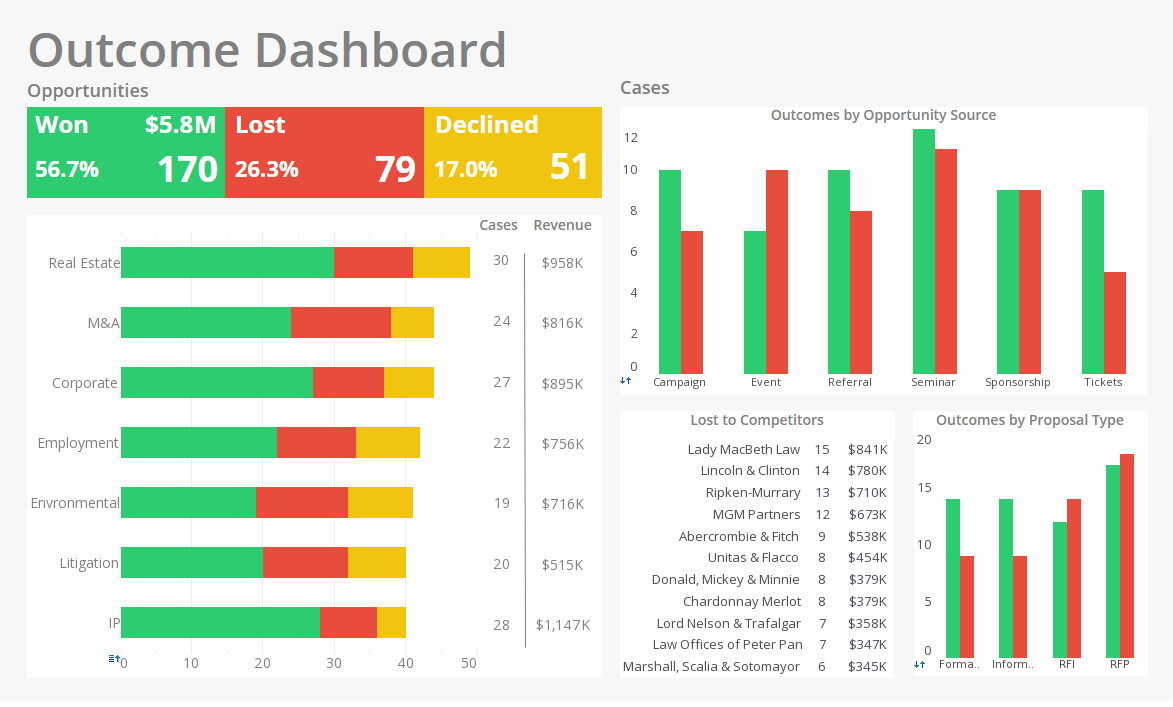Report Component Permissions
Report component permissions are easy to set up using InetSoft's reporting software, a highly customizable business intelligence platform built on an award winning javascript architecture. View the information below to learn more about the Style Intelligence solution.
Permissions for most objects and components are set via the Objects tab. Below is a list of permissions you can set.
Data Source Node
• Data Model, Query, and Connection permissions
Worksheet Node
• Asset permissions
Note: Permissions for scorecards (Triggers, Actions, Metrics, Targets) can be set from the Scorecard tab.
| #1 Ranking: Read how InetSoft was rated #1 for user adoption in G2's user survey-based index | Read More |
Action Node
• Ad Hoc permissions • Dashboard permissions • 'My Reports' folder permissions • Physical Table permissions • Report Toolbar permissions • Scheduled Task permissions • Viewsheet Toolbar permissions • Visual Composer Viewsheet permissions • Visual Composer Worksheet permissions
The mechanism for setting permissions is identical for all of the above components. The following instructions illustrate how to set permissions, using the 'Ad Hoc Component' as a representative example:
1. Select the Objects tab, followed by the 'Action' node in the navigation tree. Select the 'Ad Hoc' option.
2. If the 'User Parent Permissions' check-box is checked, deselect it.
3. Select the desired users/roles/groups from the tree in the box titled 'Available Entities' and drag and drop them into the list titled 'Selected Entities' (or click on the '>' button).
4. Select the appropriate permission detail: r = read, w = write, d = delete. (The write and delete options will be disabled for some components)
5. Click the 'Apply' button to save your changes.
Notes:
• The default setting for all components is 'Use Parent Permissions'. For all components under the 'Data Source' node and the 'Actions' node, this setting only implies that no permissions are set for that component.
• This setting ('Use Parent Permissions') is significant only for the asset components listed under the 'Worksheet'. If you set permissions for the 'Global' node, they can be inherited by all of the assets under this node.
 |
Read the top 10 reasons for selecting InetSoft as your BI partner. |
More Articles About Reporting
Absence Rate and Cost - How often do employees call in sick or skip work altogether? Analysts find this figure by dividing the number of absences by an employee's total number of days at work. They can use the data to create an HR report. They also look at the impact of absenteeism on the company, specifically, how much money it costs. HR analysts factor in salaries, the amount of lost work and the cost of filling in for the employee in their absence. It can be a crucial metric in workplaces with strong labor unions and employee rights...
Business-Boosting Value of Visual KPIs - Did you know? The human brain processes imagery 60,000 times faster than text-based information, and 90% of the data transmitted to the brain is visual. Based on this notion alone, visual KPIs bring a wealth of business-boosting value by presenting rafts of relevant information in a way that offers practical insight. Armed with logical, eye-catching, and interactive visualizations, everyone in the organization can leverage data to perform to the best of their abilities. When everyone within the business has access to detailed visualizations tailored to their specific roles, internal information exchange is woven deep into the fabric of the company culture, and collaboration thrives...
Stakeholder Network Growth - Engaging stakeholders is a dynamic activity that requires growing and sustaining the stakeholder network. Insights about the effectiveness of outreach initiatives and the development of the organization's influence may be gained through tracking the stakeholder base of the organization. Content Performance and Consumption It's crucial to analyze the effectiveness of various content formats in order to improve engagement methods. Monitoring KPIs for certain pieces of content, such as downloads, views, or shares, provides information on the material that resonates with stakeholders the most. With the use of this information, material may be created to suit the tastes and interests of stakeholders...
Steps to Create a Supply Chain Dashboard - This training page will explain how to create a supply chain dashboard such as the one below using dashboard creation software from InetSoft. A working version of this dashboard can be found on the InetSoft Gallery. This dashboard is primarily composed of charts. Below, we will examine some of these charts, discuss their value for supply chain tracking and see how easy they are to create with InetSoft's solution. As visual representations of data dashboards provide quick and easy access to important information. In the context of supply chain and shipping, dashboards can provide real-time visibility into the supply chain and shipping operations, allowing stakeholders to quickly identify and address any issues that may arise...
Treatment Effectiveness KPI - Treatment efficacy is another key KPI for mental health treatments. How successfully mental health services accomplish their therapeutic objectives is measured by treatment effectiveness. To evaluate the efficiency of their treatment programs and make necessary modifications, mental health services must measure treatment effectiveness. Patient surveys, treatment outcome measures, and chart audits are just a few of the techniques that mental health professionals might employ to gauge how successful their treatments are. Measures of the effectiveness of the therapy evaluate how well patients are responding to the treatment. Standardized outcome measures, such the PHQ-9 or GAD-7, may be used by mental health professionals to monitor patient improvement...
| Previous: Setting Report Permissions |
